Agricultural impact on the cultural environment of Espoo
Does agriculture have anything to do with Finland's second largest city? Yes, a lot actually.
How did agriculture start in Espoo?
The construction of villages in the Espoo area began when field cultivation started to become more common in the 11th century. Before that, the land had been cultivated by swiddening, i.e. burning woodland and sowing the seeds in the resulting ashes. Settlement was concentrated in areas where moving around was easy and which were located near fishing and hunting grounds; on riversides and flat lakesides and around bays. These places also had good natural meadowlands which were easier to tame for cultivation than forest areas. The prerequisite for field cultivation was animal husbandry as the fertilisation required by the fields came from cattle manure. At this stage, cattle had been raised in Uusimaa for about three thousand years.
In addition to animal husbandry, field cultivation was affected by the invention of the sod plough which made it possible to cultivate the heavy varved clay soil. Lighter than a sod plough, the hoe plough was better suited for ploughing the silty soil of the land used for slash-and-burn agriculture. This is also how the language boundary of the Uusimaa coast was created. The boundary largely follows the boundaries of soil types: the north was inhabited by Finnish-speaking people utilising swidden agriculture and the south by Swedish-speaking people cultivating fields.
The method of slashing and burning forest for cultivation was still in use in the 16th century in forest areas, but it was abandoned in Espoo by the start of the 17th century. The power politics between the superpowers Sweden and Russia often escalated into wars in the 17th century, and during the Great Northern War (1700–1721) Russia occupied areas in Finland. This included the period called the Great Wrath (1713–1721) during which people had to seek refuge elsewhere, making cultivating the fields impossible. During the Great Wrath and the following recovery, swidden cultivation was reintroduced in order to achieve at least a partial harvest in the difficult situation.
Agriculture was developed as a livelihood on large farms and in manors with sufficient resources, money, knowledge and manpower for development.
Espoo’s lands were still cultivated in the 1970s
In the City of Espoo, agriculture was still an ordinary occupation in the 1970s; there were a couple of hundred farms and small farms. Even today, when you move around Espoo you can see open fields even though many of the buildings related to agriculture have either disappeared or been replaced by new buildings. Outbuildings and cow-houses have been turned into multi-purpose facilities, workshops and even apartments.
Even though Espoo no longer had any cows in 2019, agriculture is still an active part of the Espoo of the 2020s. The size of farms has increased and in 2018 there were a total of 36 agricultural enterprises that cultivate approximately six per cent of the city's land. Some of the farms are privately owned, but the City of Espoo also owns arable land which it leases to professional farmers.
You may be living, studying or working in a former field
Southern Espoo is built on the lands of manors and rural villages. Otaniemi and Tapiola, the construction of which began in the 1950s, were built on the lands of Otnäs Manor and Hagalund Manor. Matinkylä, on the other hand, has developed on the lands of the Mattby estate. The development began in 1965, when the landowner sold 185 hectares of land to the construction company Haka. Like the name suggests, the area of Suurpelto (“Great Field”) in the Henttaa city district is located in a field where the villages of Smeds, Hemtans and Dåvitsby were connected by country roads crisscrossing the landscape. The construction of Suurpelto will still continue in the 2020s, but the park and recreation sites have their own areas.
In the central parts of Espoo, the age-old history of field cultivation has been covered by new construction, the road network, sports and golf fields, allotment gardens and horse farms. For example, about twenty hectares of the total area of the Leppävaara sports park is former field. Similarly, many other sports parks and disc golf courses have been founded on former agricultural land. In 2018, there were a total of twenty horse farms in Espoo. However, Espoo's fields are no longer enough to feed the horses, and many stables buy oats and hay elsewhere.
Northern Espoo is predominantly rural and agriculture continues to play an important role as a livelihood and way of life, even though there are not many professional farmers. In Snettans, for example, the same family has been cultivating farmland continuously for nearly 500 years. The village and farming landscape of Snettans-Röylä has been accepted into the Finnish Heritage Agency’s list of nationally significant built cultural heritage sites.
Source and recommended further reading: Maatilojen Espoo. Ed. Kaisitila et al. Espoon Perinneseura ry. Helsinki, 2020.
